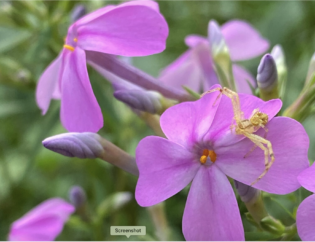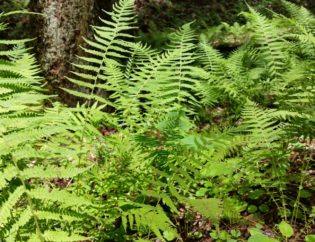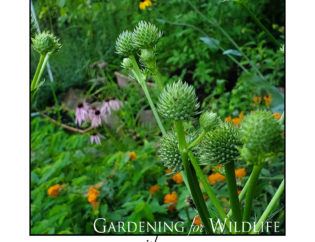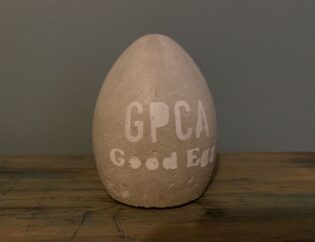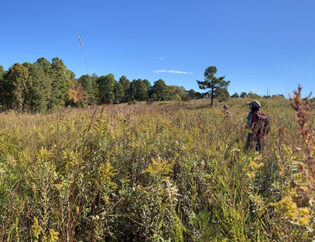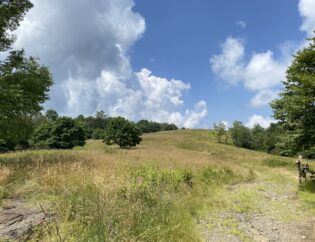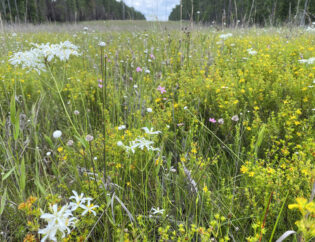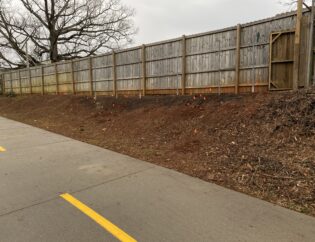July 6, 2020
Sidebar: Three important reasons to use coarse woody debris:
- Decayed wood serves as a reservoir for moisture. Larger pieces of dead wood have a more significant moisture retaining capacity than smaller pieces, and release this moisture to the soil slowly throughout dry spells. Large woody debris improves the overall moisture retention and structure of soil.
- This moisture retaining capacity of dead wood also creates an important refuge for beneficial organisms like mycorhizzae, allowing them to retreat into the moist wood and survive dry spells; these organisms will more effectively recolonize soils when conditions improve.
- As fungi and saprophytic species of fungi break down the log, the decomposition activity can actually increase the amount of nitrogen, potassium and phosphorus that the deadwood holds. Insects and other wood-eating arthropods digest (with the help of micro-organisms) the complex organic molecules that make up wood, and return this more accessible, simplified nutrient matter back to the soil as droppings (or frass).
Eventually the logs will become rich dark soil themselves.
For traditional techniques on using CWD to enhance plant beds, please see Jeff Killingsworth's article on Hugelkultur. It is more time and labor intensive, but yields very good results.
Work cited:
“The Ecological Role of Coarse Woody Debris.” EcoForestry, the Art and Science of Sustainable Forest Use. Ed. Drengson, Alan Rike and MacDonald Taylor, Duncan. Gabriola Island, New Society Publishers. 1997. 91, 92.
